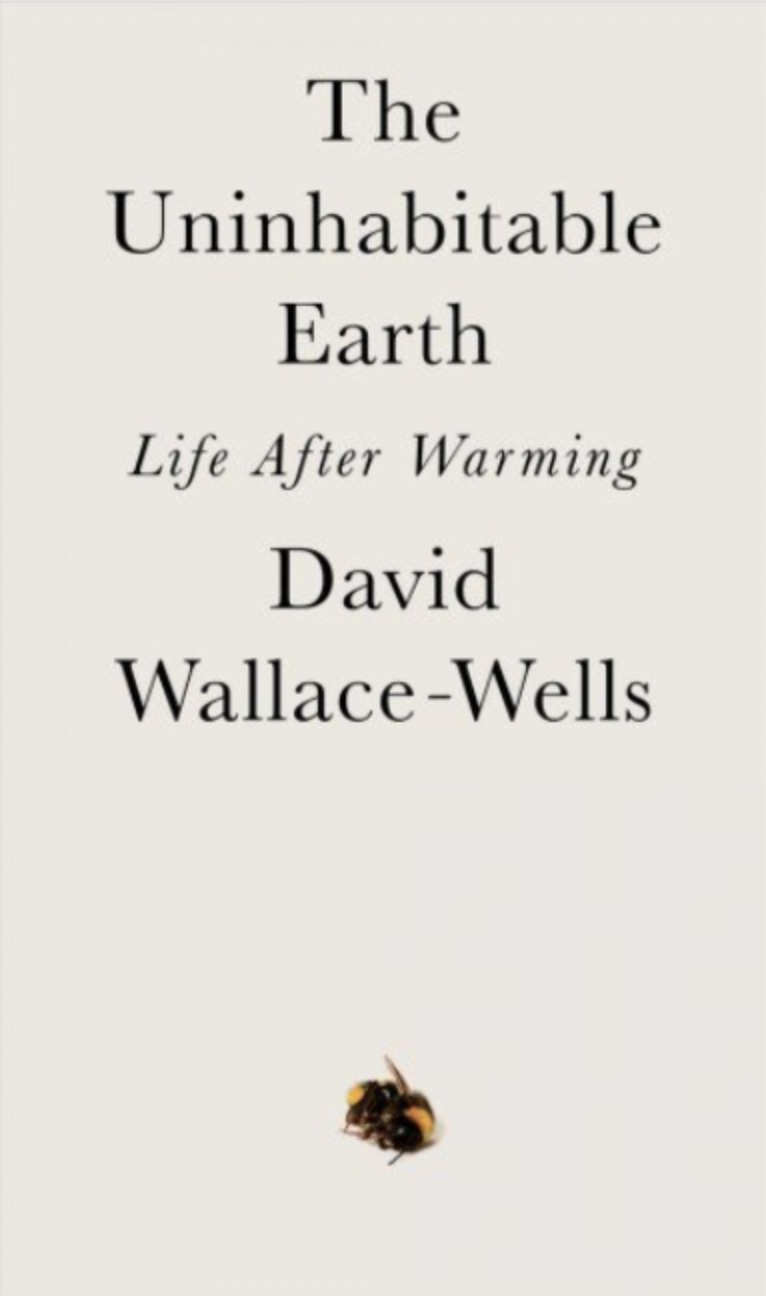Fighting Climate Change: Sustainable, ESG, SRI, Impact and Green Investing
In my practice, I’ve found that most people have no idea that sustainable or socially responsible investing is an option.
Yes, you can actually invest your money in companies trying to solve some of humanity’s most daunting problems while still profiting. No, you don’t have to blindly buy fossil fuel and weapons companies through mutual funds and index funds.
When it comes to sustainable investing, there are many ways to brand it. ESG, Impact investing, SRI and Green are among the most popular types. I view these variations as slightly different religions worshipping the same god.
The differences are somewhat nuanced. For instance, SRI (Socially Responsible Investing) is more about excluding certain industries while impact investing has a focus on underserved communities and countries.
Green Investing, as you probably guessed, focuses on environmental issues. ESG seeks to find companies that rate well on environmental, social and governance issues. My favorite name for all of this is Sustainable Investing.
“Sustainable” is a catchall for all of these approaches. “Sustainable” means that something can live on and survive indefinitely. I feel that this fits perfectly into the investment world.
Why would you invest your long-term dollars into a business or industry that won’t survive over the long run? Why invest in companies that are parasites on the back of the economy or the environment? Why invest in industries that most people are against and are actively trying to disrupt?
The criteria of responsible investing are somewhat subjective, but I believe the majority of people in the movement view things in a similar fashion. For instance, Impact Fiduciary avoids investing in tobacco companies, weapons manufacturers, producers/distributors of addictive opioids, health insurance companies, private prisons and, most importantly, fossil fuel companies.
In particular, fighting climate change is more imperative right now than ever before. This is humankind’s biggest challenge, and time is running out. We are now at a crossroads where if we don’t take action over the next decade, we could potentially make the earth completely uninhabitable.
I highly, highly recommend reading David Wallace-Wells’ The Uninhabitable Earth, Life After Warming, which details how bad things will get in both the best- and worst-case scenarios. The book is extremely insightful and terrifying. It tops my list as one of the easiest books to read on climate change, as most scientists don’t necessarily make the greatest writers.
Wallace-Wells details how over the past 30 years, humans have contributed to over half of the carbon causing global warming. He points out that we are now living the consequences of decisions made in the 80s and 90’s when episodes of Friends and Seinfeld were first airing.
Cold Beer and Warm Showers
It’s hard to get society to take action on climate change because it doesn’t immediately effect everyone. Most people don’t care as long as the beer is cold and the showers are warm. However, climate change is becoming more and more obvious as we experience 1 in 500,000–year natural disasters every year.
Unless your head is in the sand, you’ve probably experienced the record heat and have seen the flooding, wildfires, hurricanes, bomb cyclones, mudslides and other natural disasters of biblical proportion.
The past five years have been the hottest ever recorded. Since we’ve been seeing this so often now, the new phenomena will soon be known as the “weather”. It's not a good idea to pick a fight with Mother Earth!
According to leading climate scientists, the past few years of natural disasters will seem like a picnic compared to what is predicted to happen over the next 30 years.
We could literally render some of the most populated places on earth completely uninhabitable, causing hundreds of millions of climate refugees. This will cause death and destruction on a scale we’ve never seen before and end up costing the global economy trillions of dollars.
So what does all this have to do with Sustainable investing? Sustainable investing allows you to vote with your wallet by not blindly buying companies contributing to global warming such as the fossil fuel industry. Instead it frees up your capital to support ambitious companies trying to solve climate change. It’s not enough to point out the problems—it’s just as important to find solutions.
I don’t have any illusions that not investing a small amount of money in Chevron will solve this problem. I view this the same way as voting in a democracy. My vote won’t matter individually, but it certainly does from a collective standpoint which makes it more than worthwhile. Plus, I’d prefer to be more intentional in every aspect of my life including my investments.
Incremental Steps = Big Improvements
I believe that every effort, big or small, is worthwhile! If you are reading this, then you probably have the economic bandwidth to help in other ways too. Drive electric, buy solar, eat a plant-based meal every day, ride a bike to work, live close to where you work, compost, recycle, walk! There are lots of things you can do in conjunction with a responsible investment focus. The bonus is that all of these things will improve your health too!
As a fiduciary, I’m legally obligated to act in my clients’ best interest. I wholeheartedly believe that avoiding unsustainable industries and companies while investing in positive change makes the most economic and moral sense over the long run. If you have kids or want our species to survive, then you too should take action.
Disclaimer: This article is provided for general information and illustration purposes only. Nothing contained in the material constitutes tax advice, a recommendation for purchase or sale of any security, or investment advisory services. I encourage you to consult a financial planner, accountant, and/or legal counsel for advice specific to your situation. Reproduction of this material is prohibited without written permission from Patrick Dinan, and all rights are reserved.





